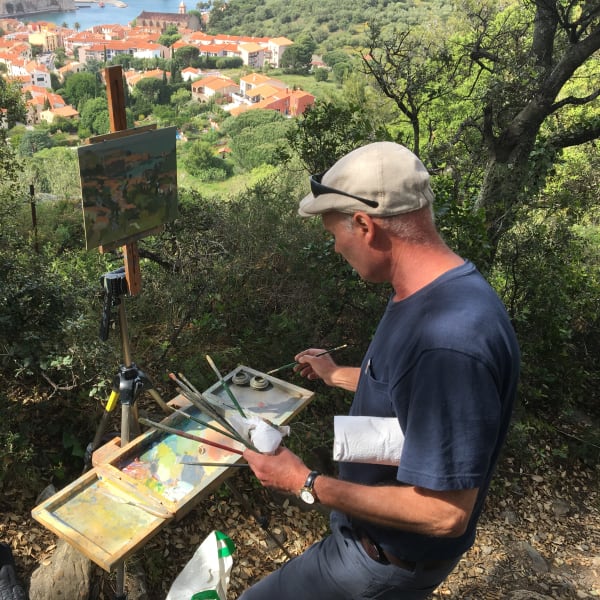photographer SANDRA POTTER
When Phillip Law, the founder of Australia’s modern Antarctic program, landed in the Vestfold Hills in the 1950s, he wrote, “There is little to remind one of Antarctica.” An ice-free area on the coast of Princess Elizabeth Land, the Vestfolds is an anomaly in the Antarctica of the imagination. At 400 square kilometres, the region is little bigger than Bruny Island, a fleck of brown on a continent of white close to twice the size of Australia.
Antarctica’s patches of rock are the real estate of choice for research stations and other infrastructure, Australia’s suite among them. Building on even slowly moving ice sheets can be fraught, so about 80 per cent of the stations in Antarctica have been built in coastal ice-free areas – landscapes that collectively account for less than 1 per cent of the continent’s area while providing critical habitat for more than 95 per cent of the region’s terrestrial biodiversity.
On the fringes of these isolated islands in the ice, Adelie penguins squabble over the pebbles needed to form their nests. Snow petrels and Wilson’s storm petrels raise their chicks in cavities and crevices in scree slopes and boulder fields. Filaments of moss grow less than a millimetre per year – lichens, much slower still.
In Law’s day, the proximity of penguins to building sites was a bonus as hundreds of thousands breeding on one’s doorstep make for a reliable supply of meat. His main concern was the local shortage of fresh water, the area’s positive radiation balance meaning that there is limited snow to collect and melt. Even today, and ironically given Antarctica’s status as the world’s largest fresh-water reservoir (albeit frozen), the need to deliver bulk supplies of water by ship to Davis Base (established in 1957) can be as critical as the annual delivery of heating oil.
What the Vestfolds lack in easily-accessed potable water though, they over-provide in other ways. The area bears features that are rare or extremely rare in Antarctica, such as a series of fjords, an intertidal mud flat and a living reef.
It also boasts the continent’s largest concentration of lakes and the world’s largest concentration of stratified lakes. Some of these lakes are bright emerald and turquoise. One lies more than 50 metres below sea level and is so salty that it remains liquid at minus 20 degrees celsius.
Arguably, though, the most remarkable feature of this voiceless and undefended wonderland is its distinctive and fascinating geology. Glacial retreat has created a veritable sculpture garden of faceted, striated and extruded forms. To walk through the landscape is to step amongst rocks that have been quietly eroding, scattering, rising and splitting for millions if not billions of years. The myriad shapes, colours, patterns and textures is astounding.
Dunes, ventifacts and roches moutonnees abound. Bus-sized erratics stand out from desert pavements. A swarm of dykes – their dark stripes ranging from centimetres to tens of metres wide, and in some places several kilometres long – criss-cross a canvas of tawny hills. Garnets sparkle in the summer sun. Here too, is the only site on the continent where fossilised marine mammals have been recorded.
It is not surprising, therefore, that while some look forward to a deepening of Tasmania’s connection with Antarctica, with plans for a three-kilometre concrete runway in the Vestfold Hills, others are aghast at the impending demise of this visually stunning and significant place.
Drilling and access road construction are underway.
Sandra Potter lives and picks fruit in a hamlet on the edge of the Derwent River. She has made dozens of trips to Antarctica, including as a leader of marine science and resupply voyages and as an environmental specialist and preparer of disregarded advice.







































